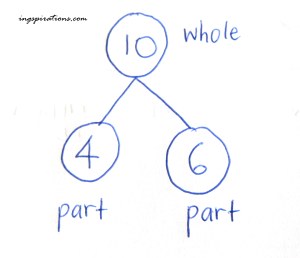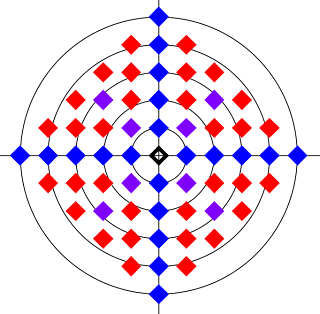Math Teachers at Play 65: Teach, Learn and Enjoy
Welcome to the 65th edition of Math Teachers at Play. First let us have some trivia about 65. First, 65 is the smallest integer that can be expressed as the sum of two distinct positive squares in two ways 65 = 82 + 12 = 72 + 42. Second, 65 is the length of the hypotenuse of 4 different Pythagorean Triangles: 652 = 162 + 632 = 332 + 562 = 392 + 522 = 252 + 602. Third, 65=15+24+33+42+51. Lastly, 65 is the traditional age for retirement in the United States, the United Kingdom, and other countries including my beloved Philippines.
And now, let the math carnival begin!
Math Teachers at Play 65 Entries
Ing shares how she prepares her 5-year old to before studying preschool elementary. I really like her activity on Number Bonds in her blog Inspirations.

Given a shape made of straight lines, can you fold a piece of paper that you can cut out the shape with one straight line? This is Bowman Dickson’s One Cut Problem in his blog Bowman in Arabia. » Read more

 cuban prime, the 9th Mersenne prime exponent, and a Pillai prime. That’s primo prime pedigree. It’s a Keith number and thrice Fortunate. (
cuban prime, the 9th Mersenne prime exponent, and a Pillai prime. That’s primo prime pedigree. It’s a Keith number and thrice Fortunate. (